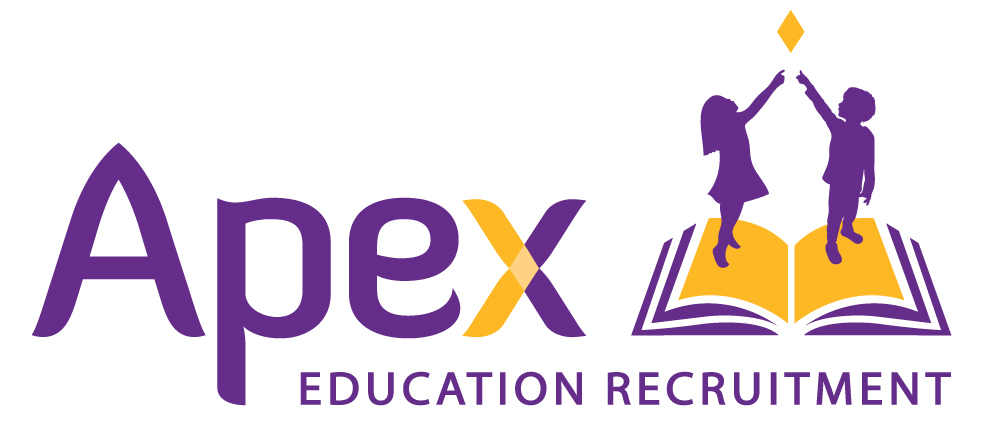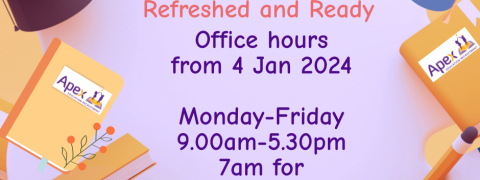Introduction to working with Special Needs (SEND)

Every child is individual and deserves the best education –
Every Child Matters
When working with a SEND child it is paramount to understand that many adults from many expertise areas could be involved in the child’s life; you are a part but may not be privy to all the confidential information.
There could be 1001+ social, medical and underlying reasons surrounding an individual, the following will give you a wide understanding of each area of SEND and how to first work with a student but is no means exhaustive.
“Children & young people with SEND all have some learning difficulties or disabilities that make it harder for them to learn than most children & young people of the same age. These children & young people may need extra or different help from that given to others” – SEN & disabilities, a guide for parents & carers gov.co.uk
The 2015 government SEND code of practice categorised 4 areas of SEND:
Communication and interaction; Cognition and learning; Social, emotional and mental health; Sensory and/or physical needs.
The full document can viewed: https://assets.publishing.service.gov.uk/government/uploads/system/uploads/attachment_data/file/398815/SEND_Code_of_Practice_January_2015.pdf
Before you go into the classroom
-
- Familiarise yourself with the school website
- Understand the schools SEND, safeguarding and behaviour policies
- During your initial meeting with the school/on your induction ask as many questions as you need. Listen to information given and take notes if necessary.
- Follow the aims, objectives & ethos of the school and each student you are working with
- Familiarise yourself with any emergency medical plans that may be in place or also any risk assessments that have been carried out to follow
In the classroom;
- Talk to the other staff in the room, they can give you some information on the student/students that you will be working with
- Having a look around the classroom – lesson plans may be available to look at.
- Familiarise yourself with any emergency medical plans that may be in place or also any risk assessments that may be in plaice.
- Motivators/Reinforcers – these are incredibly important when working in the area of SEND. Familiarise yourself with motivators &/or reinforcers that the student/students like.
- Ensuring that the child knows what is happening & what is expected of them. The use of visual schedules (visual timetable) is essential as it shows the students what will be happening that day. Providing stability & predictability is very important.
- Being health & safety aware is very important as the children with special educational needs often lack “danger awareness”.
- Promoting the student to be as independent as possible is important. There is often a fine line between assisting & over stepping the care mark.
- Keep to the timetable and clear routines and some have picture timetables to assist. Providing stability & predictability is very important.
- No loud noises, particularly ASD and ADHD, some wear ear defenders and don’t like confrontation either
- Avoid going into their personal space
- Awareness that a SEND child may be tactile as they learn through many senses
- Give time for them to respond to a question or instruction, may have cognitive delay. Don’t give more than one instruction at a time.
- Many students avoid eye contact
- Social interaction is difficult for many and they don’t understand how to make friends or how-to behave appropriately around peers – they may need a boundary or understanding of what is acceptable
- Make tasks as long as their concentration span, praise, do a play task and return if necessary. Use tools like ‘Now and Next’ to keep on task, they may be ‘trying it on’
- Promoting the student to be as independent as possible is important. There is often a fine line between assisting & overstepping the care mark.
- Building a safe, predictable classroom is important. Children cannot learn until they feel comfortable both within the classroom & also with the people within the classroom
Ask as many questions as you want to, there are never enough to ask for you to understand the student you are working with, ask the right people and remain under the confidential policy of the school.
For any SEND students who exhibit challenging behaviour
– Please ASK yourself-
Why is the behaviour happening and how best to de-escalate?
If appropriate, look at the child’s file, EHCP (Education Healthcare Plan). Be very aware of Data Protection & follow GDPR guidelines at all times.
The behaviour is a symptom of something not right for the child; triggers, new faces, routines upset, medical, not understanding, unable to communicate, frustration, illness and unable to communicate and the list is endless…..
-
- Familiarise yourself with any triggers that may lead to an undesirable behaviour or meltdown e.g. certain sounds, textures. Knowing how to de-escalate any potential meltdowns is important.
- Motivators/Reinforcers – these are incredibly important when working in the SEND area. Familiarise yourself with motivators &/or reinforcers that the student(s) like.
- Liaise and work with other staff in the class they potentially have lots of experience working with the child and may have more ideas, it is also important to be a team and consistent.
With experience pick up triggers before behaviours potentially happen to eliminate the behaviour next time. It will create a much more positive environment for learning and social development.
So, ask yourself – WHY?
A typical role involves:
-
- Contributing to teaching & learning programmes of the school
- Liaising with appropriate other adults in the school and wider community
- Where appropriate giving 1:1 attention to individual students
- Assisting students to achieve goals & targets that have been set out in the student’s EHCP
- Understanding the varying learning needs of the students that you will be working with & also being aware of their learning style (e.g. a child with Downs Syndrome would typically be a visual learner).
- Providing direction to students in relation to their behaviour (distracting from an undesirable behaviour, stepping in before a behaviour escalates)
- Correct use of visual aids & supports (visual schedules, first/then board, PECS)
- Working with the school behaviour policy
- Identifying & documenting uncharacteristic behaviours. This can be a sign of a child welfare concern/occurrence.
- Posing as a good role model for the students
- Assisting with personal care where appropriate (levels of assistance needed will vary)
- Assisting with feeding at snack & lunchtime in some cases
- Assisting the student in learning to self-feed where capacity allows
- Paperwork – record keeping, data records, monitoring progress on record sheets, contact books etc..
- Assisting the students when moving from room to room
- Assisting with organisation (unpacking & packing school bag, finding lunchboxes, getting their coats & hats etc)
- Safeguarding – keeping children safe always
Every child is individual and deserves the best education.
Candidate
I was contacted by Karen regarding a post in Chatham, the interview was very informal and the following week I visited the school and I was offered the job. Karen and the team are very professional and helpful. Thank you for getting my dream job. Nicola R Feb 2024
“Thank you for getting me my dream Job” – 23rd February 2024




